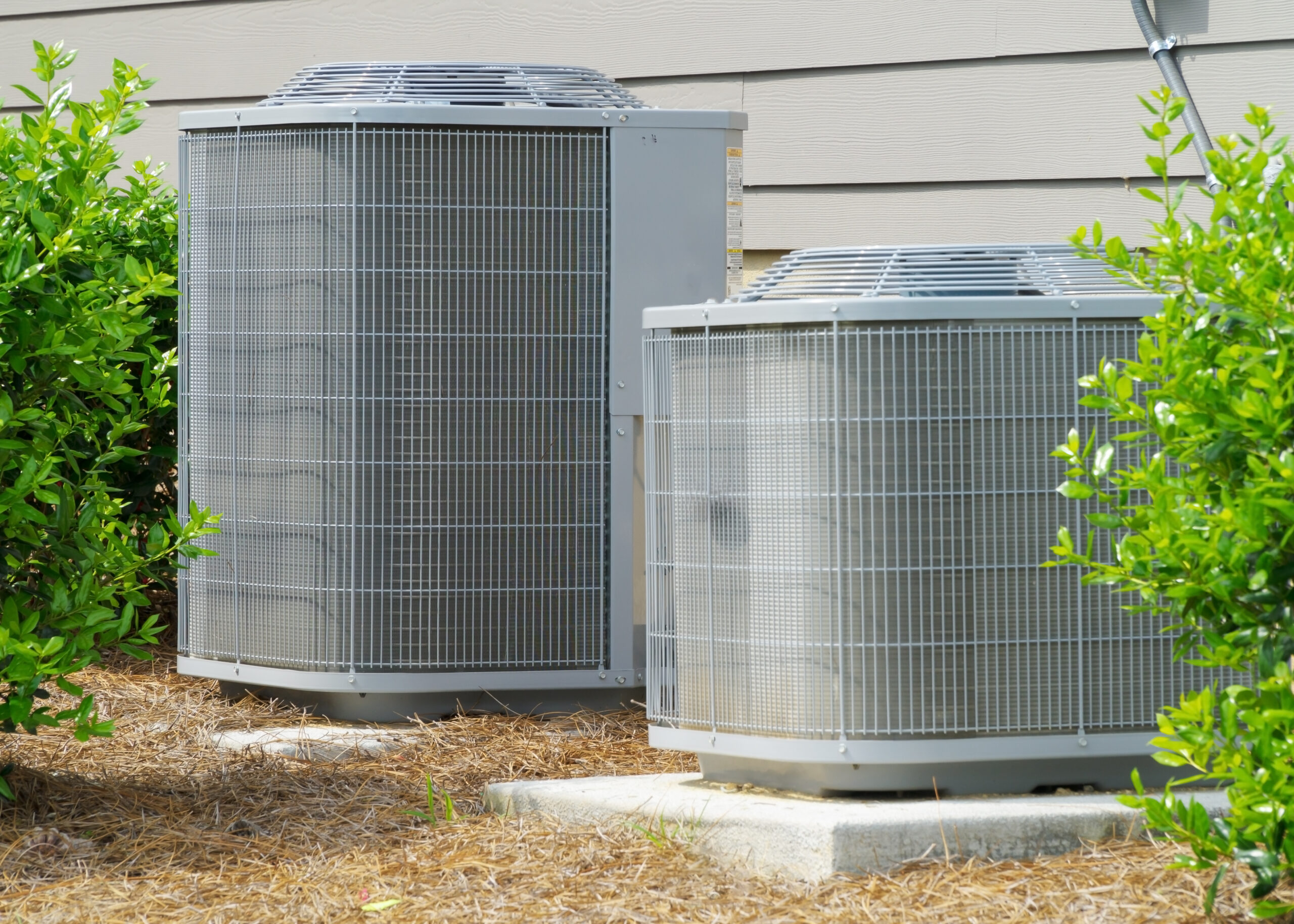What Size Air Conditioning Unit Should I Buy?
editIf Ohioans know one thing, summers here can be hot and sticky, making your air conditioner an essential part of your home. You need to be able to rely on your air conditioner to provide you with cool comfort and relief from those devastating heat waves that plague the Middletown, OH area every summer. The best way to do that without breaking the bank and wasting energy is to install the properly sized unit for your home. So, if you’re asking yourself, “What size air conditioning unit should I buy?” you’ve come to the right place. In this blog post, Robinson Heating & Air Conditioning will discuss the factors you should consider when determining the size of the air conditioning unit you should buy for your home.
When Should I Replace My Air Conditioner?
One of the best times to consider replacing your old air conditioner unit with a new energy-efficient one is when you need it the least. So, while triple-digit temperatures are months away, the late winter and early spring should be when you look at your current air conditioner and decide if it’s ready for another summer or if it’s time to invest in a new one. Air conditioners can last as long as 15 years, with diminishing returns after that milestone. If your air conditioner is over 15 years old and has a recent history of breaking down, you should definitely look into replacing it.
Key Factors to Consider When Buying an Air Conditioning Unit
There are several factors that should play a role in determining the right size air conditioner you should buy for your home. They include:
Size of the Space
The size of your home or living space will be the key determining factor of what size AC unit you should purchase. If you’re not sure what the square footage of your home is, multiply the length and width of each room and add them together. A good rule of thumb to determine the British Thermal Units per Hour (BTUh) needed to cool your space is to multiply your home’s total square footage by 20 (or about 20 BTUs per square foot). Here are a few common home sizes with their appropriate BTUh:
- 800 square feet = 16,000 BTUh
- 1,000 square feet = 20,000 BTUh
- 1,500 square feet = 30,000 BTUh
- 2,000 square feet = 40,000 BTUh
Home Exterior
Do you have bricks, vinyl, or concrete siding? Is the exterior of your home a dark color or a light color? Bricks and darker colors will absorb and retain heat longer, so you might need a bigger AC unit than what your square footage and cooling capacity calculation above determined.
Insulation
How much insulation does your home have? Is it up to date with the latest residential building codes? If so, it will likely be able to retain the conditioned air longer and require fewer BTUs to keep your living space cool.
Shade and Sunlight Exposure
If your home faces south or west, it will take more effort from your air conditioning unit to cool down in the summer. However, if you have shade from trees, your home will be cooler, and it will be easier for it to maintain energy efficiency.
Ceiling Height
Having those wonderful high-vaulted ceilings really makes your home seem bigger, but it can be a drag on your air conditioning to keep cool. If you have a space in your home with a ceiling higher than 9 ft., you will likely need a bigger AC unit.
Types of Air Conditioning Systems
Once you’ve determined the BTUs needed to keep your home cool and comfortable, the next step is figuring out what type of new air conditioner system will help you achieve that cooling capacity in the most cost-effective way. Here are the main types of air conditioners on the market:
Central Air Conditioners
Standard central air conditioners are the best air conditioning system for homes that have existing duct systems and air handlers. This type of system is made up of an outdoor condensing HVAC unit and an evaporative unit connected to each other by refrigerant tubing.
Ductless Mini-Splits
Ductless Mini-Splits are a less expensive option for homes that don’t have ducts or detached structures like sunrooms or sheds and can provide both warm air and cold air. Ductless systems come with an outdoor condensing unit and the option of multiple indoor air handling units that are normally mounted to the wall.
Heat Pumps
One indoor unit and one outdoor unit transfer heat from one space to another to provide cool air in the summer and warm air in the winter. Most HVAC professionals recommend a gas furnace to supplement the efforts of a heat pump system in cool climates like Ohio.
Have Robinson’s HVAC Pros Help You Determine What Size Air Conditioning Unit You Should Buy
Although it’s important to understand how to make this very important decision on your own, our HVAC professionals can give you the peace of mind that you picked the right size AC unit for your home’s cooling power needs. Robinson’s air conditioning technicians can come to your home, measure the square footage with pinpoint accuracy, survey your property for sunlight exposure and other energy variables, and make the most knowledgeable recommendation to match your cooling needs and budget restrictions. Contact us today to learn more about how we can help you keep your home cool and comfortable all summer long!

